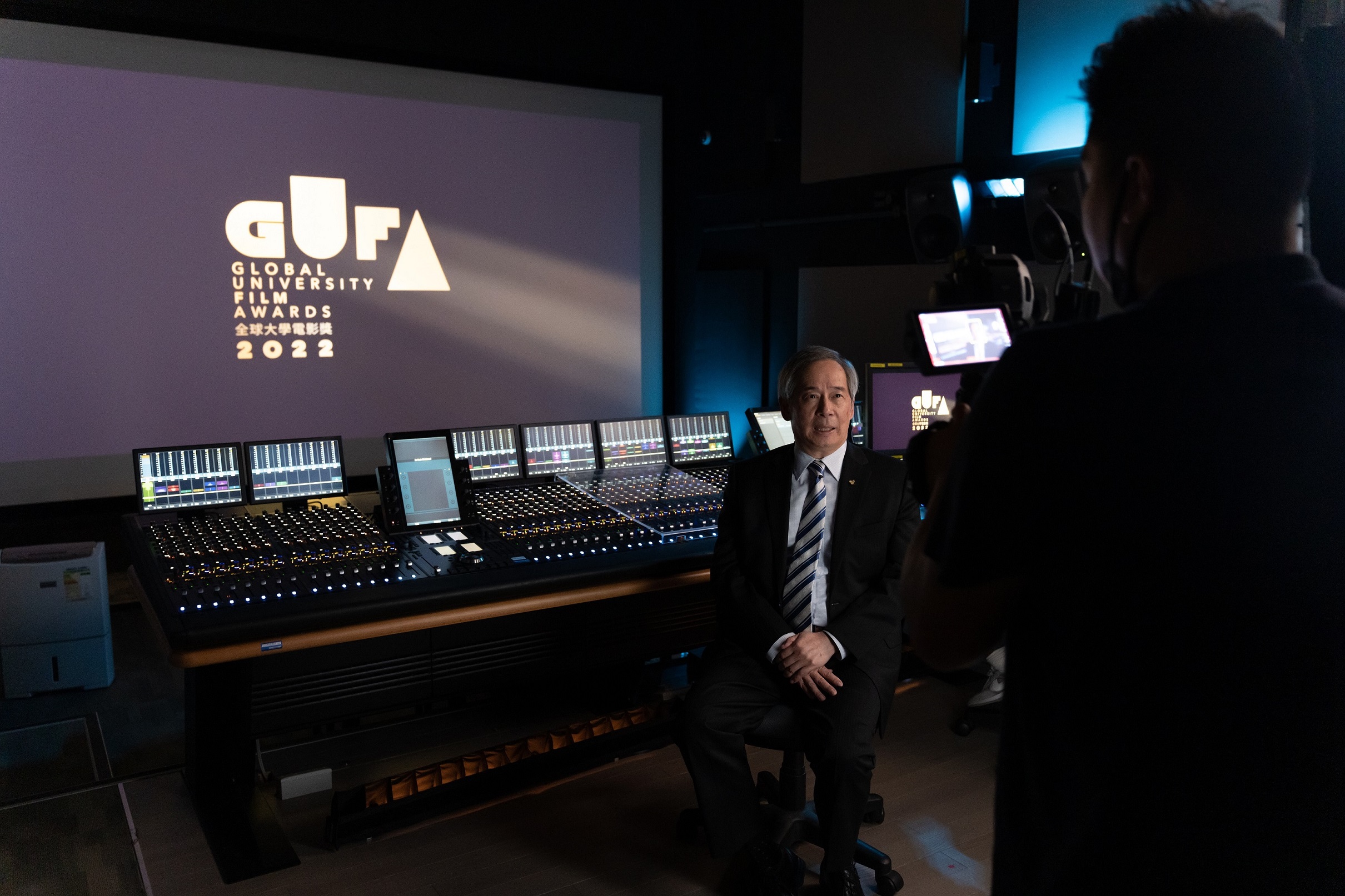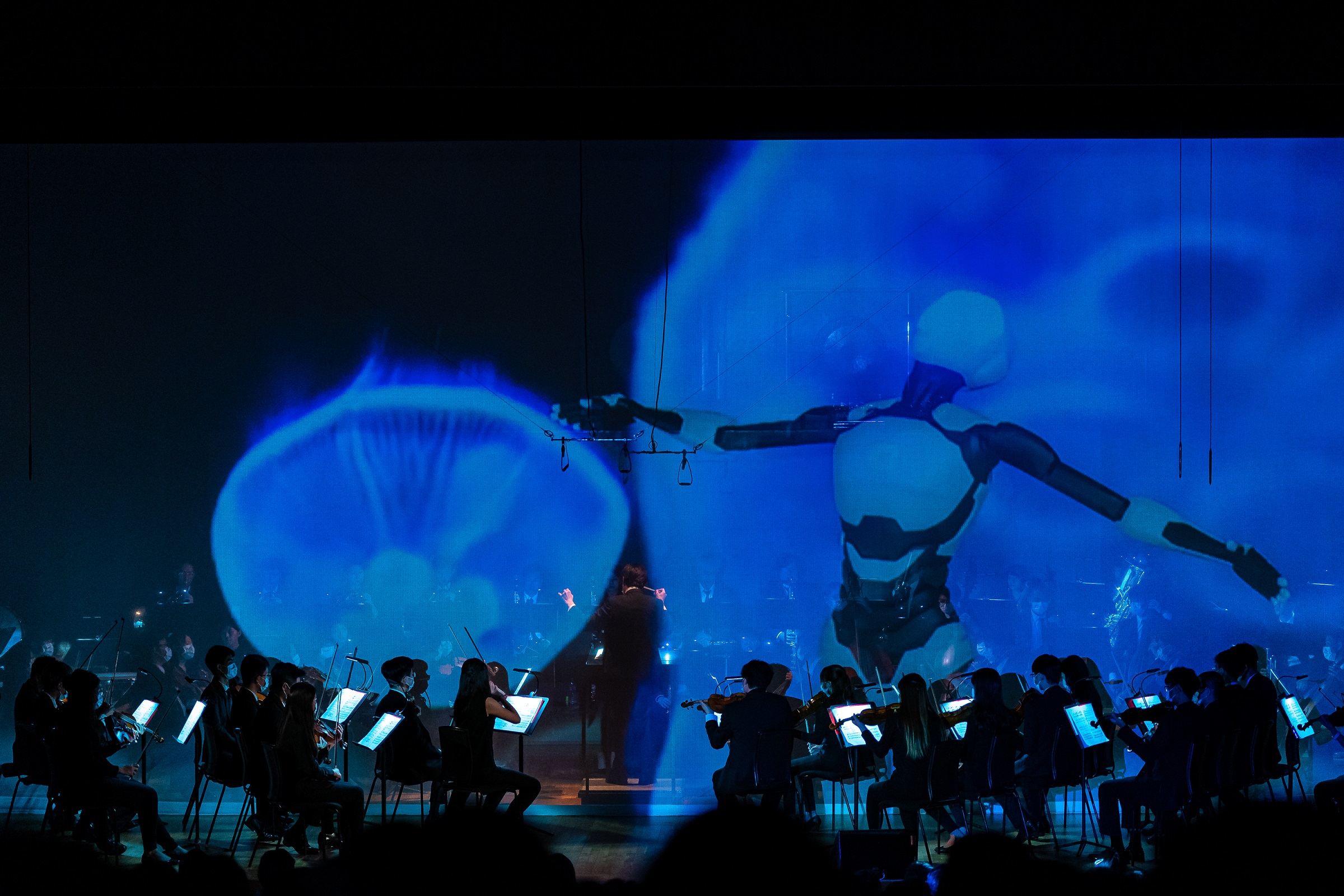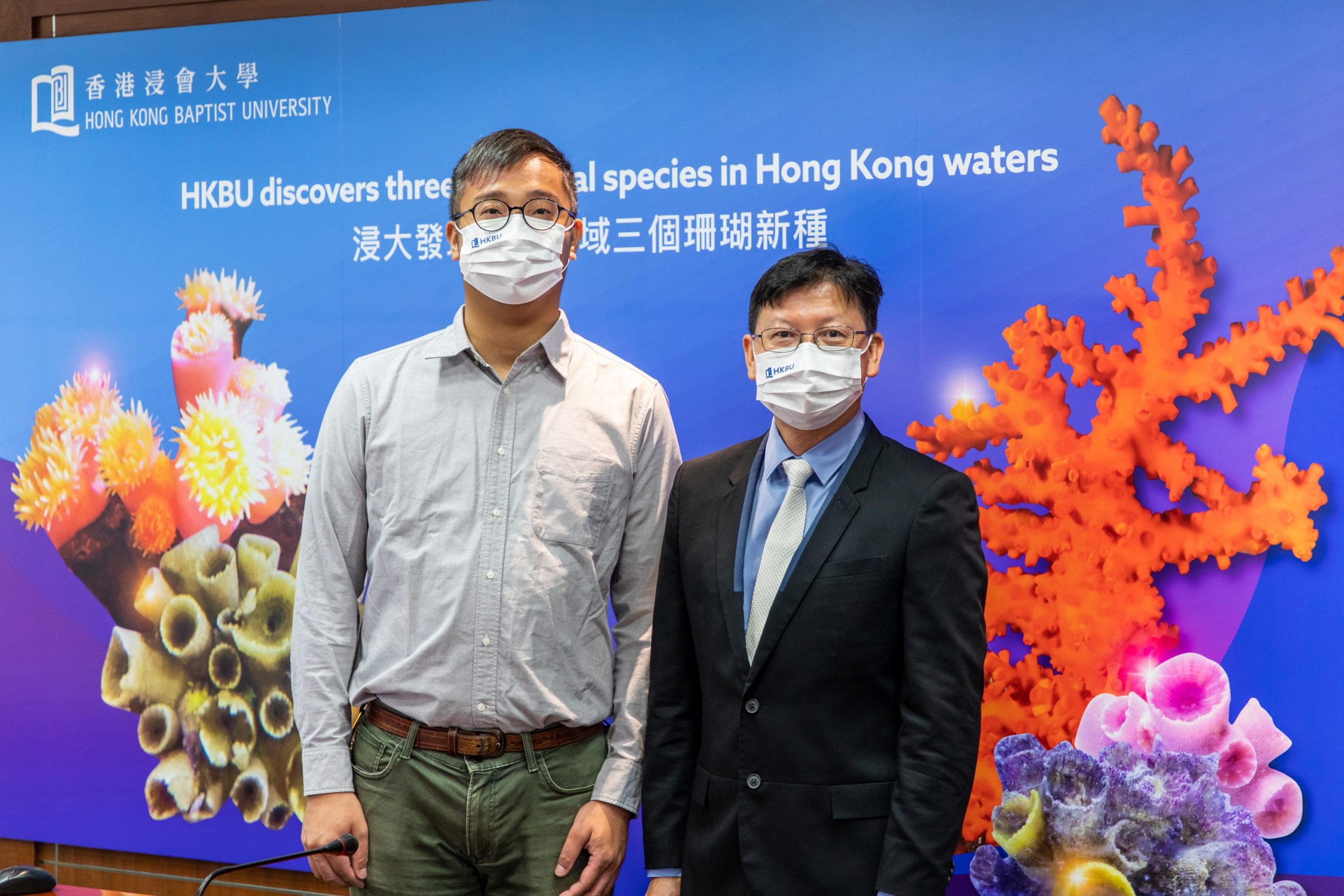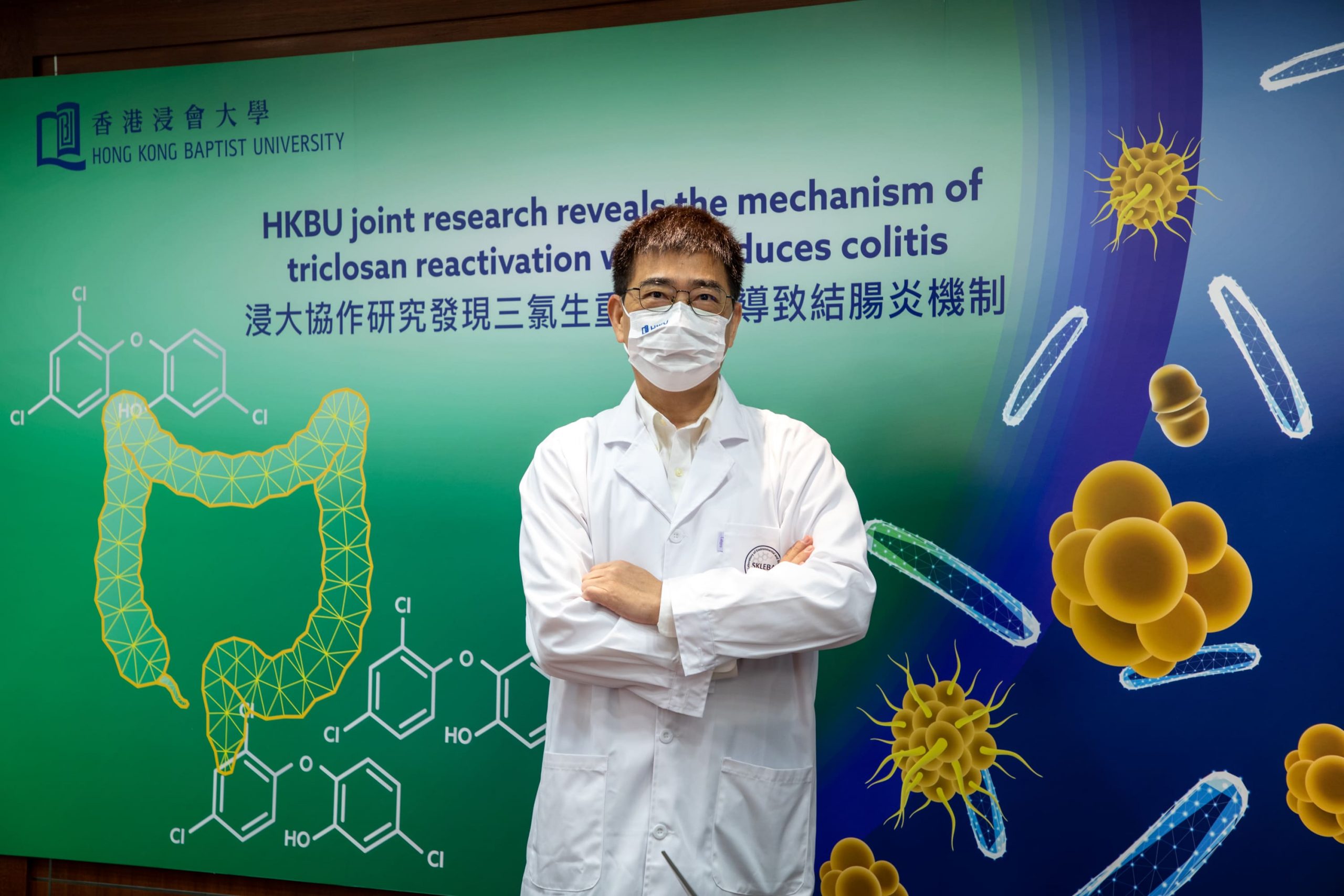Organised by the Academy of Film (AF) at Hong Kong Baptist University (HKBU), the Global University Film Awards (GUFA) 2022 held its magnificent award presentation ceremony in virtual mode on 11 November. The entry from France’s Le Fresnoy clinched the Gold Award. (The full list of winners is attached in the appendix at the end of this article).
This year’s award presentation ceremony was broadcast live online in a wonderfully designed cinematic setting, using virtual sets and advanced technology to recreate classic scenes in blockbusters such as The Matrix, the Harry Potter film series, and In the Mood for Love. In his opening remarks at the ceremony, Dr Clement Chen, Chairman of the Council and the Court of HKBU, shared the delights of seeing GUFA held for the third time. “We hope to stand as a beacon of encouragement to emerging filmmakers, allowing them to create their art without commercial considerations and industry pressures. At university, they are free to let their imagination fly, share their concerns and explore creative ideas. We at HKBU embrace these ideals and, for over four decades, have been offering the finest teaching and training in the cinematic arts. We continue to celebrate this legacy today as we nurture tomorrow’s filmmakers.”
In his speech, Professor Alexander Wai, President and Vice-Chancellor of HKBU, said: “HKBU is the first institution in Hong Kong to offer film and video production programmes and we always have our eyes on the future. Filmmaking is a global community, and GUFA is a way for all of us to celebrate new young talents from all over the world. It gives me great delight to have a sneak peek at the future voices of filmmaking and to celebrate their progress.”
Widely known as the “University Oscars”, this year GUFA received more than 2,300 submissions from about 100 countries and regions. Celebrated professionals in the film industry, including directors Ms Mabel Cheung, Mr Derek Tsang, Ms Jessey Tsang, Mr Ray Yeung, and actress/producer Ms Josie Ho presented 15 awards to young film talents from all over the world, letting them shine on a glamorous virtual stage.
To further showcase the exemplary works at GUFA 2022, a public screening of the winners was held on 15 November at HKBU. Members of the public were welcome to attend. For more information, please refer to the GUFA website, GUFA Facebook page and GUFA YouTube channel.
GUFA recognises the excellence of film productions by university students from across the world by connecting the global film community and its audiences with outstanding work and groundbreaking ideas presented by the participants. The event not only showcases the students’ talents but also fosters the exchange of ideas and enhances professional networks, building synergy between young regional talents and the international creative industry.
Appendix: Award winners
|
Award |
Winning film |
University |
|
Best Narrative |
Good German Work |
Konrad Wolf Film University of Babelsberg, Germany |
|
Special Mention of Narrative |
When Summer Ends |
Hong Kong Baptist University, Hong Kong |
|
Best Cine-VFX |
Little Gestures |
Pearson College London, United Kingdom |
|
Special Mention of Cine-VFX |
17 Souls |
University of Television and Film Munich (HFF München), Germany |
|
Best Documentary |
Pupus |
Centro Sperimentale di Cinematografia- Sede Sicilia, Italy |
|
Special Mention of Documentary |
Broken |
Yangon Film School, Myanmar |
|
Best Experimental Film |
$75 000 |
Le Fresnoy, France |
|
Special Mention of Experimental Film |
In Plain Sight |
Chulalongkorn University, Thailand |
|
Best Animation |
Graziano and the Giraffe |
Centro Sperimentale di Cinematografia, Italy |
|
Special Mention of Animation |
A Dog under Bridge |
China Academy of Art, Mainland China |
|
Best Director |
To Each Your Sarah |
Korea National University of Arts, South Korea |
|
Best Script |
Russian Vodka |
University of Applied Science and Technology, Iran |
|
Gold Award |
$75 000 |
Le Fresnoy, France |
|
HKBU Academy of Film’s Choice |
Intimate Distance |
Hong Kong Baptist University, Hong Kong |
|
HKBU Academy of Film’s Choice Special Mention |
Love Delivery |
Hong Kong Metropolitan University, Hong Kong |













